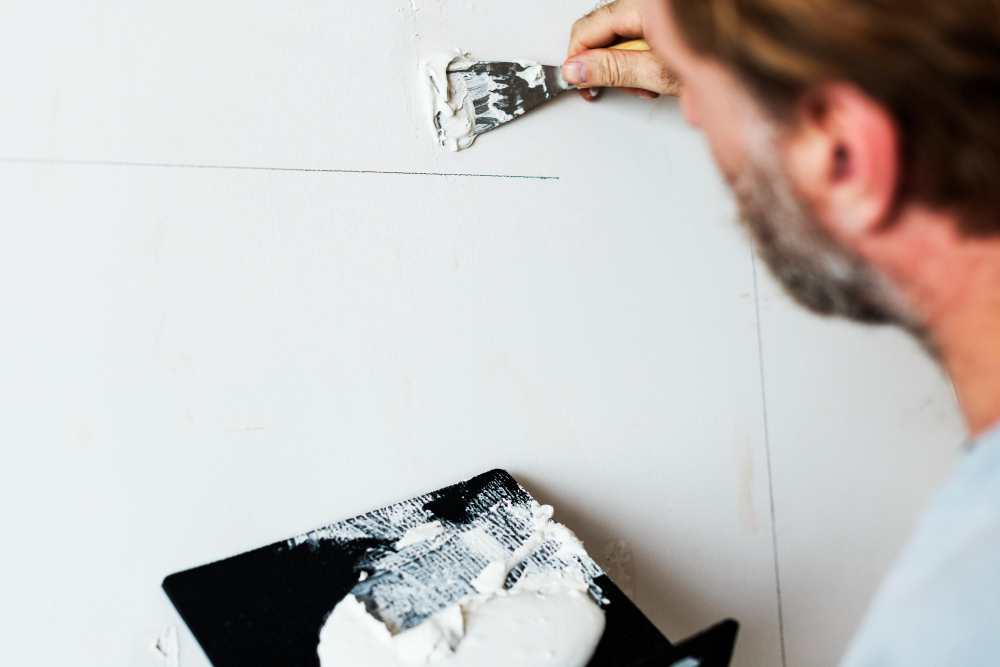When it comes to bathroom renovations, installing drywall is a crucial step. It sounds simple enough, but things get more complex when we dive into the topic of drywall mud—especially in moisture-heavy areas like bathrooms. Many homeowners and DIY enthusiasts often ask: Can you use regular drywall mud in a bathroom?
The short and direct answer is no, and this is a critical point to understand if you want your bathroom renovation to last. Bathrooms are moist environments, and regular drywall mud, also known as joint compound, isn’t equipped to handle that kind of exposure. It can start to crack, soften, or worse—become a breeding ground for mold.
This article dives deeper into why it’s important to use the right materials in your bathroom drywall, explores alternatives, and provides answers to other related questions. We’ll look at the reasons regular drywall mud is unsuitable, what alternatives exist, and how to ensure your bathroom stays mold-free and moisture-resistant for years to come.
Why Moisture Matters in a Bathroom
Before we get into the specifics, let’s discuss the role moisture plays in a bathroom. Unlike most rooms in your house, the bathroom is subject to frequent temperature changes, humidity spikes from hot showers, and splashes from sinks, tubs, and toilets. The moisture in the air clings to surfaces, seeps into cracks, and, if unaddressed, causes long-term damage. This environment is particularly harsh on building materials like drywall mud.
Regular drywall mud is made from a mixture of gypsum dust and water, which works well in dry areas like living rooms and bedrooms. But when exposed to constant moisture, it’s prone to breaking down. Over time, the mud will soften, crack, and even foster mold growth, leading to a host of issues like wall instability, health hazards from mold spores, and unsightly cosmetic problems.
So, can you use regular drywall mud in a bathroom? You can, but it will be a decision you’ll regret. Let’s explore why moisture-resistant drywall mud is a smarter, long-lasting solution.
The Importance of Using Moisture-Resistant Drywall Mud in Bathrooms
Bathrooms, being high-humidity spaces, demand specific materials that can stand up to moisture. Moisture-resistant drywall mud, sometimes referred to as “greenboard mud” or “mold-resistant joint compound,” is engineered to handle the damp, steamy environment in bathrooms.
Here’s why moisture-resistant drywall mud is essential:
Water-Repellent Additives: These additives prevent the drywall mud from absorbing water, protecting it from moisture damage that would otherwise cause softening or cracking.
Anti-Microbial Agents: Moisture-resistant drywall mud often contains agents that actively fight mold and mildew growth. This is crucial in bathrooms, where lingering moisture creates the perfect environment for mold spores to flourish.
Durability: The moisture-resistant mud is more flexible and robust than regular drywall mud. It won’t easily crack or peel, providing a long-lasting, smooth finish that stays intact even in steamy conditions.
If you’re already using Greenboard or Blueboard drywall in your bathroom (both are moisture-resistant types of drywall), pairing it with moisture-resistant drywall mud enhances its ability to combat moisture-related problems. The combination ensures that both the board and mud work together to protect your walls from the damaging effects of water exposure.
Why Regular Drywall Mud Fails in Bathrooms
Regular drywall mud isn’t meant for high-moisture environments, which is why it’s best reserved for rooms like bedrooms or hallways. Here’s what can happen if you use regular mud in a bathroom:
Cracking
Because regular drywall mud isn’t flexible, it can’t handle the changes in humidity levels that are common in bathrooms. Over time, this leads to cracks in the mudded areas.
Softening
Prolonged exposure to moisture will cause regular drywall mud to soften and lose its rigidity. When the mud softens, it compromises the entire wall’s structure.
Mold Growth
Mold thrives in moist environments, and regular drywall mud provides an ideal surface for mold spores to settle and grow. Mold not only damages the drywall but also poses health risks, especially for individuals with respiratory conditions.
This leads to frequent repairs and, in some cases, full wall replacements. In short, you’ll save yourself time, money, and headaches by using the right materials from the start.
What’s the Best Drywall Mud for Bathrooms?
The best drywall mud for bathroom projects is one that’s specifically formulated to handle high moisture levels. Moisture-resistant drywall mud is designed to perform well in these conditions, offering superior durability and mold resistance.
A good product to consider is DryDex Interior/Exterior Spackling, which contains water-repellant and anti-microbial properties. It’s designed for high-humidity areas like bathrooms and kitchens and ensures that the drywall stays firm and stable for years. It’s easy to apply, and best of all, it’s affordable. Many contractors swear by this product for bathroom renovations, and for a good reason—it holds up exceptionally well in wet environments.
Can You Waterproof Regular Drywall Mud?
If, for any reason, you can’t access moisture-resistant drywall mud, you might be wondering if there’s a workaround. Technically, yes—you can use regular drywall mud and waterproof it. However, this process is more involved and time-consuming.
Here’s how you can do it:
Step 1: Apply Regular Drywall Mud
Use the regular drywall mud to finish your bathroom walls as you normally would.
Step 2: Apply Waterproof Primer
Once the mud dries, apply a high-quality waterproof primer over the surface. This acts as a protective layer that blocks moisture from seeping into the drywall mud.
Step 3: Add a Liquid Waterproof Membrane
After the primer has dried, apply a liquid waterproof membrane to the mudded areas. This adds another layer of protection, further preventing water from penetrating the drywall.
Step 4: Finish with Latex-Based Paint
If you’re going to paint the bathroom, use a latex-based paint. Latex paint offers a certain degree of water resistance and adheres well to waterproof surfaces.
While this approach can work, it’s a lot of extra effort. Using moisture-resistant drywall mud from the beginning is a simpler, more effective solution. The additional steps of priming, applying a membrane, and using special paints are time-consuming and can add to your project’s cost.
Protecting Drywall from Moisture: Best Practices
Once you’ve chosen the right drywall mud, there are a few more things you can do to ensure your bathroom drywall stays in tip-top condition for the long term. Here are some strategies for protecting your drywall from moisture damage:
Install a Ventilation Fan
Proper ventilation is critical in bathrooms. Make sure your exhaust fan works efficiently to remove excess moisture from the air. This prevents condensation from forming on your drywall, reducing the risk of mold growth and cracking.
Use a Dehumidifier
In particularly humid bathrooms, a dehumidifier can help maintain a lower moisture level in the air, preventing your drywall from being exposed to constant humidity.
Tile the Wettest Areas
Consider tiling the areas most exposed to water, like the shower or around the bathtub. Tiles offer an extra layer of protection for the drywall behind them and are much easier to clean and maintain.
Regular Maintenance
Keep an eye on any cracks or holes that develop in the drywall. Seal them immediately with waterproof caulk to prevent moisture from seeping in.
Use Mold-Resistant Paint
If you’re painting your bathroom, make sure to use paint that’s designed for high-humidity environments. Mold-resistant paints contain additives that discourage mold growth, providing an extra line of defense.
Should You Use Regular Drywall in Bathrooms?
The type of drywall you use is just as important as the mud. If you’re planning a bathroom renovation, opt for moisture-resistant drywall, such as Greenboard or Blueboard. These materials are specially designed for wet environments and will significantly extend the life of your drywall.
Regular drywall should be avoided in bathrooms due to its inability to handle moisture. Combined with the wrong drywall mud, it can become a breeding ground for mold, leading to costly repairs and potential health risks.
Conclusion: Can You Use Regular Drywall Mud in a Bathroom?
The answer remains clear: Do not use regular drywall mud in a bathroom. Bathrooms are high-humidity environments that demand moisture-resistant materials, and regular drywall mud simply isn’t equipped to handle this.
Using moisture-resistant drywall mud from the start ensures your bathroom walls stay strong, crack-free, and mold-resistant. While there are workarounds to waterproof regular drywall mud, it’s easier and more effective to use the correct products designed for the job.
By taking the proper steps, you’ll prevent long-term damage and ensure that your bathroom renovation stands the test of time—without requiring constant repairs or replacements. Good luck with your project!
By following these best practices and opting for the right materials, you’re setting your bathroom up for success and longevity. Don’t let moisture ruin your hard work—choose moisture-resistant drywall mud and protect your walls from the inevitable humidity. Happy renovating!

